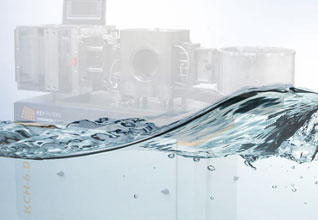

May 30 2019

In a previous article “Not all Continuous Belt Screen Changers are Created Equal” I talked about the distinctions between the two basic methods of advancing the screen in a continuous belt screen changer – using melt pressure of the polymer being processed vs. an external mechanical force. Though we believe the benefits of using the mechanical method like the one used in our Key Filters brand of KCH screen changers make it a superior choice for melt filtration, regardless of the solution you are using there is a common requirement for reliable operation: the need for a steady supply of clean cooling water.
The major benefit of a continuous belt screen changer is that it provides continuous uniform extrusion pressure to your downstream process without any of the quality issues or disruptions associated with pressure spikes that occur when changing screen packs in other styles of screen changers. However, to advance the screen without disrupting the extrusion process, cooling water needs to flow through the screen inlet and outlet assemblies to freeze the polymer, forming a plug, which acts as a seal around the screen belt that keeps the molten polymer contained in the filter head. To achieve this, there must be enough cooling water supplied to the screen changer. For our KCH Continuous Belt Screen Changer, we recommend a minimum of 3 GPM (11.3 l/m) of 80°F (26.7°C) water at 35 PSI (2.4 bar) for the system to operate as designed.
Here are a few pointers to help you maintain the efficiency and process benefits of a continuous belt screen changer.
Adequate screen advancements and cooling capacity – be sure that there is sufficient cooling water circulating through the system. If the screen advances too quickly without sufficient cooling capacity, then it won’t be able to maintain a solid plug. The colder the inlet and outlet assemblies, the quicker they can cool the molten polymer entering these assemblies as the screen is advanced through the machine. This allows more frequent screen advancements at a higher speed, thus achieving stable pressure even when there is a spike in contamination. Though the minimum requirements are 80°F, it can be beneficial to chill the water as low as 55°F (12.8°C).
Cooling water mineral content and contamination - if the cooling water is high in mineral content or contaminants, scaling and flow reduction will become an issue over time. Buildup in the cooling lines or in the inlet/outlet assembles will restrict flow and impede heat transfer. Simply flushing the lines with an appropriate cleaning solution during periodic maintenance checks will keep the lines flowing without any obstructions. A better alternative for closed-loop cooling systems is to treat and filter the cooling water to improve water chemistry and remove contaminants.
What happens if there isn’t adequate cooling water?
If the plug warms to the point it is unable to withstand the extrusion pressure, then you risk losing the plug entirely. This is often referred to as a blowout, which is essentially a failure of the screen belt seal. A failure of this type will result in polymer escaping through the inlet and/or outlet slots until the extruder is shut down. A common cause for a blowout is neglecting to turn the cooling water supply lines back on after performing maintenance on the screen changer or other component of the extrusion line.
But fear not, the Key Filters KCH contains features to help notify extrusion line operators if an issue is imminent and will help reduce downtime if an issue does arise. Thermocouples in the inlet and outlet will trigger alarms if temperatures reach predetermined set-points. If the alarm was calibrated to the recommended set-point of +15°F (+8.3°C) over your normal inlet/outlet operating temperatures, then the system will sense an over-temperature trend and the alarm will trigger before a blowout occurs. This will also warn you if there is insufficient cooling water flow or if there is inadequate cooling water pressure.
To further increase reliability, adding an optional flowmeter to your cooling water supply that ties back to the extruder controls is a way to ensure that the extrusion system will shut down if there is a loss in cooling water. This will prevent a screen changer blowout. Another alternative is to add a thermocouple below the space between the outlet and puller assembly that will trigger the extruder to shut off should molten polymer begin to leak from the outlet.
Continuous belt screen changers are an ideal solution for melt filtration in many extrusion processes because they deliver smoother, more consistent pressure profile than alternative filtration technologies, thus minimizing scrap, maximizing yield and improving overall extrusion system efficiency. However, clean cooling water is a vital component in maintaining and optimizing that consistent pressure profile. Be cognizant of the pointers listed above so your continuous belt screen changer will perform at its best.